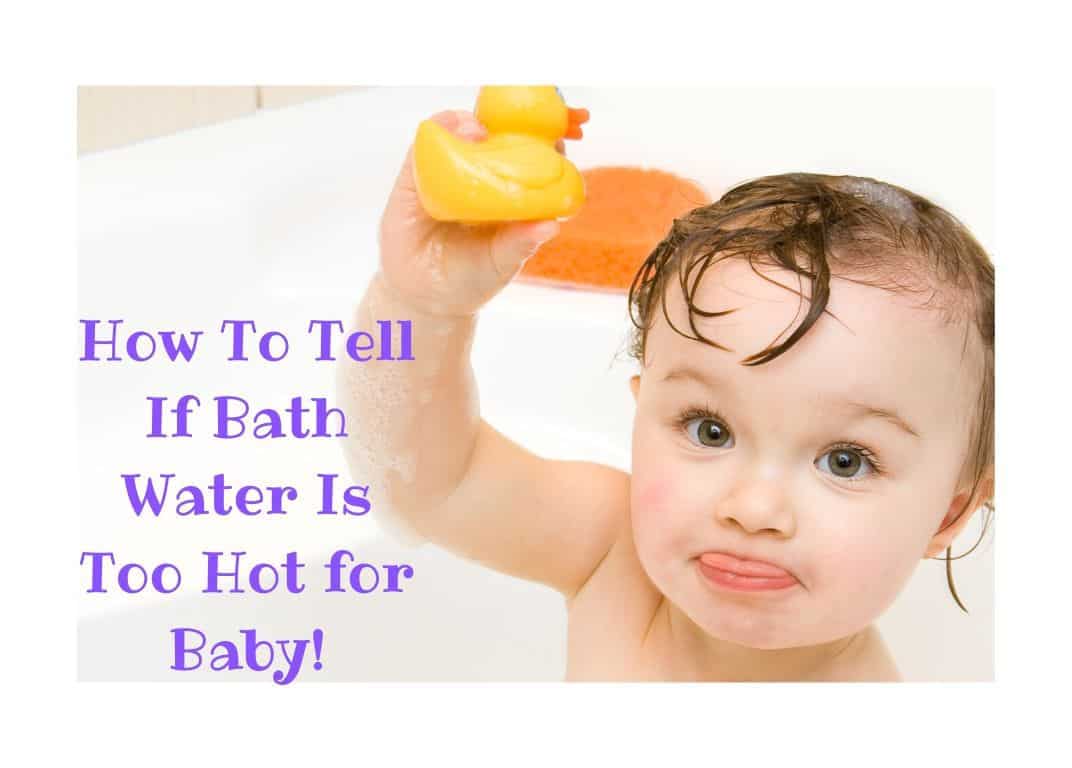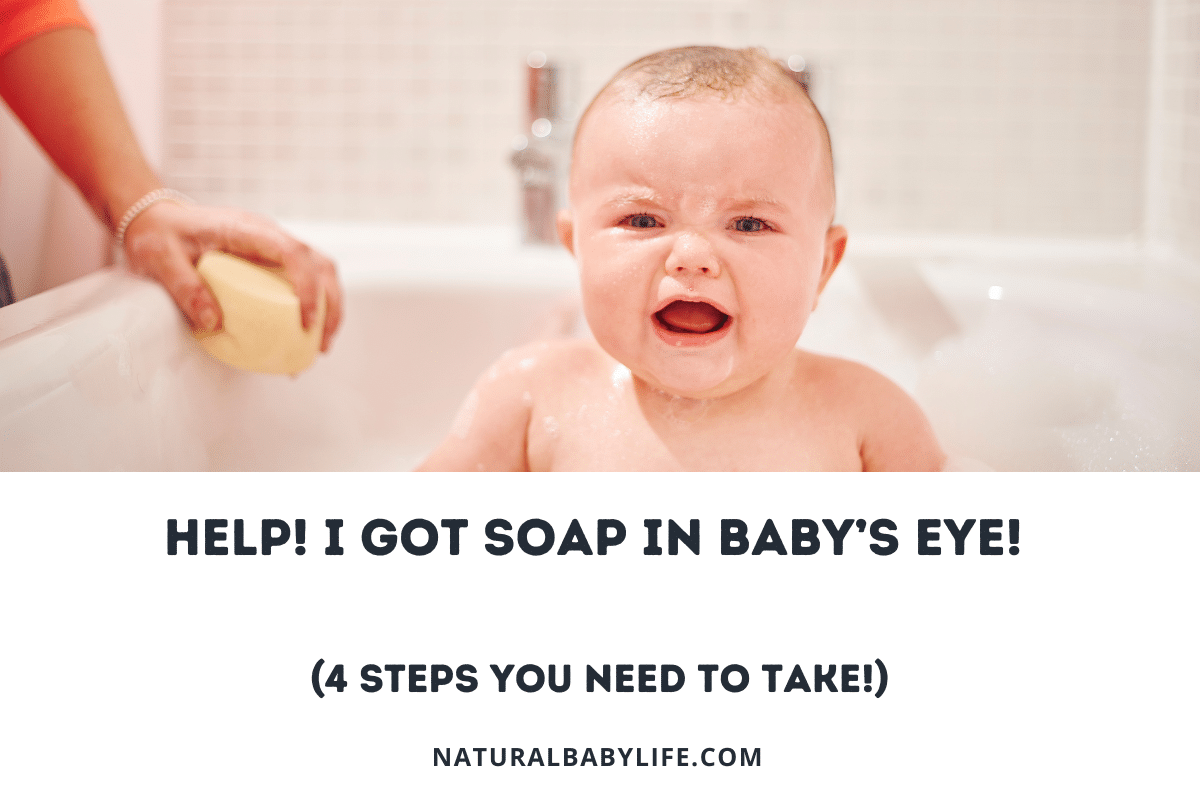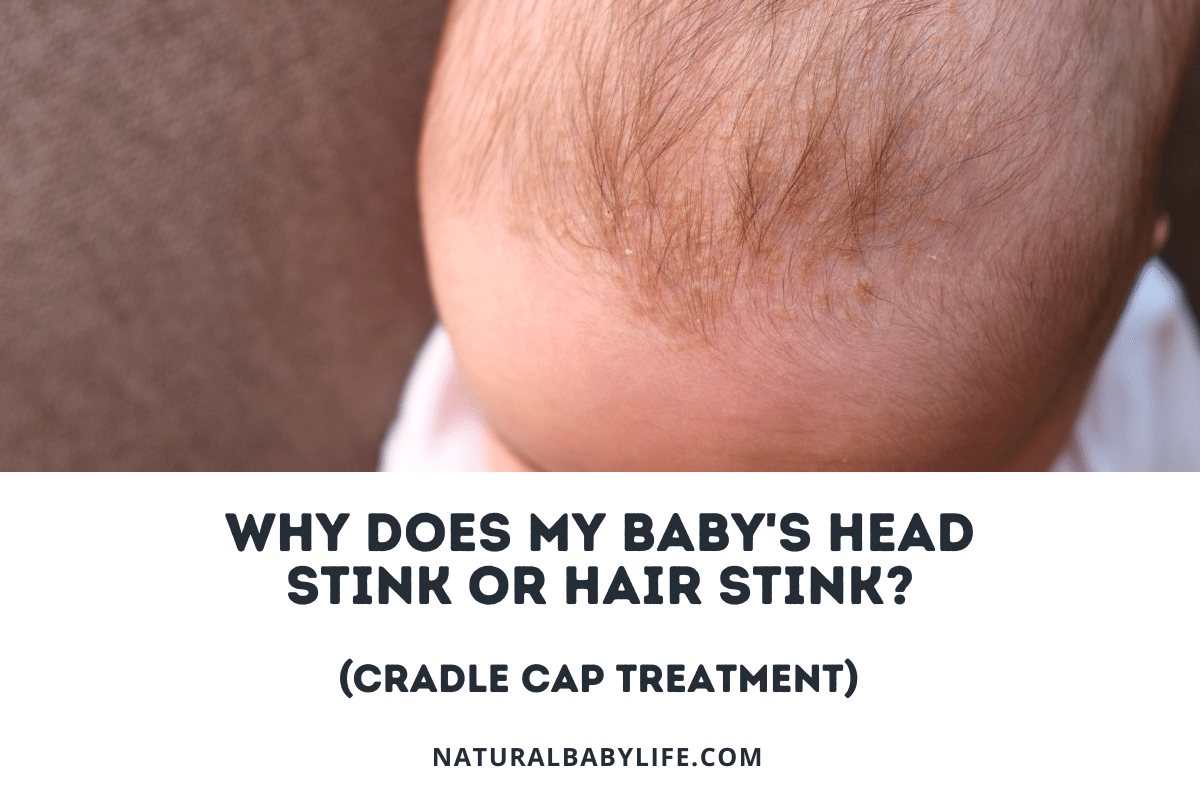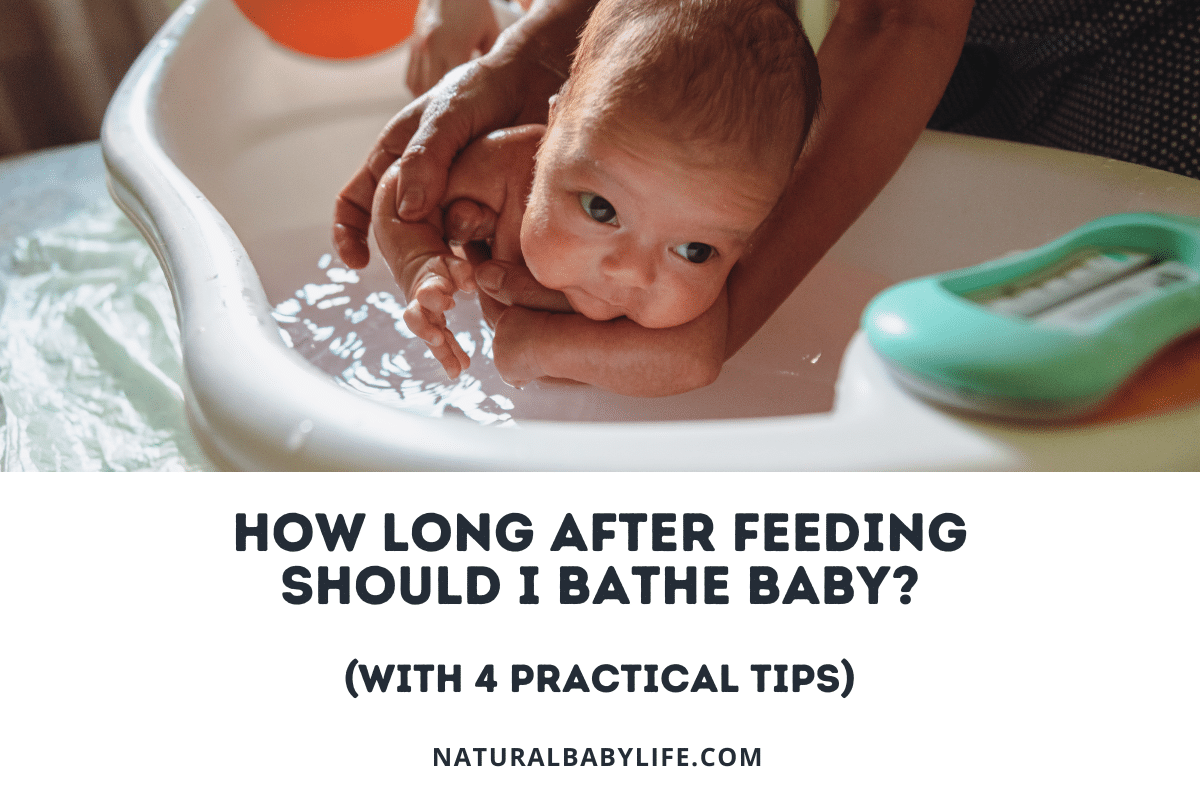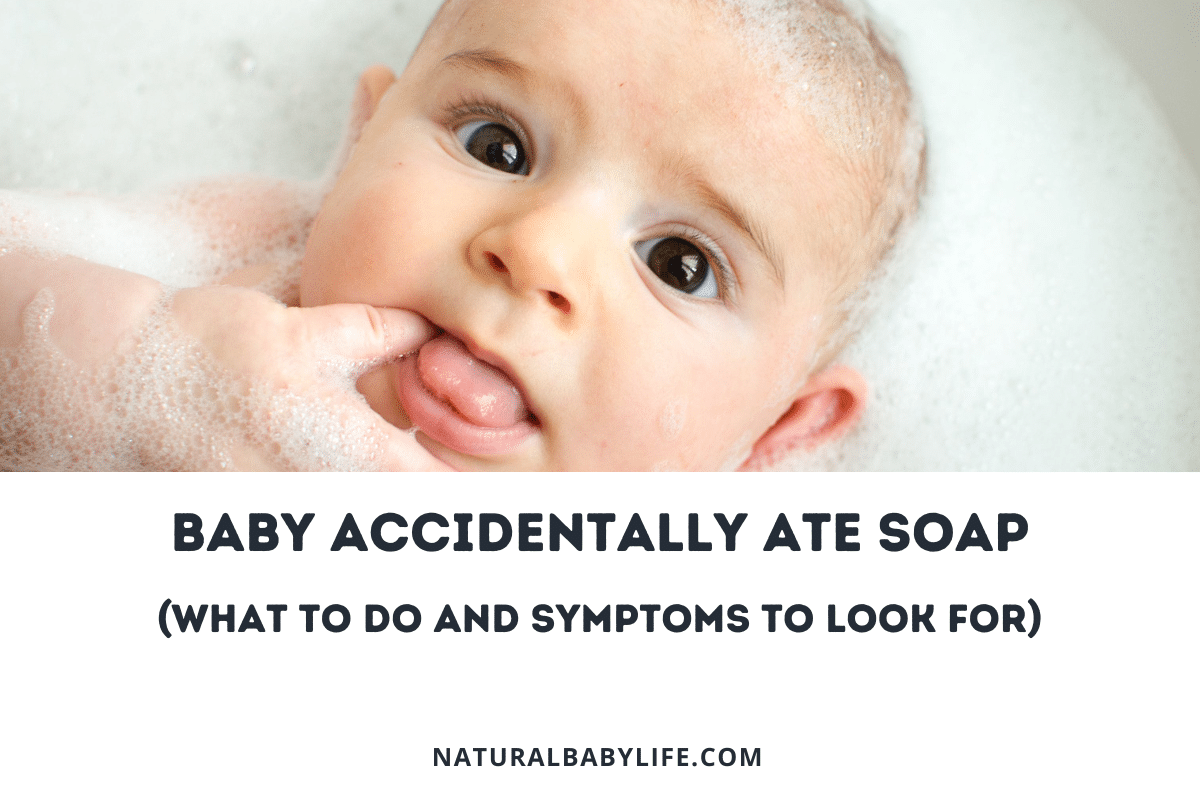Many parents of infants know the great joys of bath time. It can be a great bonding experience between parent and baby. It can also act as a unique learning opportunity where your little one will discover how water works, and get some freedom to move around and float in new ways. And, of course, bath time works well to relax and soothe a baby before bedtime. Unfortunately, the fun of bath time can quickly go awry if you do not take the proper safety precautions.
How can you tell if bathwater is too hot for your baby? Baby’s bath water should be around body temperature. You can use your wrist, elbow, or a baby bath thermometer to monitor the warmth of your baby’s water.
Read on to learn more tips for getting your baby’s bath water temperature right, as well as some important things to know, should scalding occur.
Table of Contents
How Warm Should Baby’s Bath Water Be?
Experts recommend that your baby bathtub should be filled with about two inches of warm water—not hot. A good rule of thumb is to keep the water around the same heat as their body temperature. You should never heat your baby’s bathwater as hot as you would for your own shower or hot tub.
Babies lose body heat quickly, so it is important to make sure their bathwater is neither too hot or too cold. In addition to the bathwater being the right temperature, you should also make a plan to have the room where your baby is bathing and getting dressed be warm and cozy. Set your home’s temperature to around 75℉.
Safe baby bath temperature in Fahrenheit
Warm water, around the average human body temperature, is ideal. Make sure to warm your baby’s bathtub to around 90-100℉.
Safe baby bath temperature in Celsius
The safest bathwater temperature for infants is around 37-38℃.
Other ways to keep your baby’s bath safe
Here are some great tips to keep in mind while bathing your baby:
- Add cool water to the bathtub first, then add hot water. This allows you to limit how much hot water goes into the tub. Mix the water around to make sure there are no hot or cold spots sitting.
- Avoid putting your baby in the tub until the water is done running. Concentrated hot or cold spots can irritate your baby and risk a burn.
- If the water seems too shallow to keep your baby warm, pour water over their body as you bathe them, instead of adding more warm water.
- Always make sure you are holding your baby securely as they sit in the tub. Infant baths can be slippery, and you also do not want them to reach for things like the faucet when you turn your head.
- Never leave your baby unattended in the bathtub.
- You can always add a little more cool water to take the temperature down, and drain some water if the tub becomes too full. Just be mindful to make these adjustments before your infant gets in the tub.
When is bathwater too cold for a baby?
Water that is too cold can cause chilling and a drop in body temperature. Your baby may cry when placed in the tub or start to shiver if the water is too cool. In extreme cases, their fingers and toes may begin to turn blue.
To avoid water that is too cold for your baby, keep the water around or above body temperature. Also, try to keep bath times quick. If a bath takes too long, the water can start to cool off and lower your baby’s body temperature. This is especially true since we usually only put a couple of inches of water in the bath for very young babies!
How to Check the Temperature of the Baby’s Bathwater
Before you put your baby in the tub to take a bath, it is crucial that you check the water’s temperature. Many accidents happen when parents put their baby in the tub before checking if the water is too hot.
Here are some ways you can monitor your child’s bath water temperature:
- Adjust the settings of your hot water heater. Most hot water heaters will have temperature control that homeowners can adjust. For the safest water for your infant, set your water heater to 120℉ (49℃). This simple adjustment will prevent excessively hot water from coming out of your faucets.
- Use your inner wrist or elbow to check the water’s temperature. Your inner wrist and elbow are more sensitive than your fingertips. That’s why it’s ideal to use them to check your baby’s water. It should be close to warm and close to body temperature, but not burning hot. If the water feels really hot on your elbow or wrist, it will be too hot for the baby.
- Use a bathwater thermometer. Many baby bath toys often come with a thermometer attached. These can enhance playtime and act as a helpful guide for parents. Check out some rubber duckies and other floating thermometers that will help you monitor the temperature of the baby’s water.
Best baby bath thermometers to try
To keep your baby’s bath time both fun and safe, there are many products you can purchase to monitor the bathwater temperature. Here are two of my favorites:
AQUATOPIA floating hippo temperature alarm – This little hippo is great because it’s super cute, waterproof, floats, water-activated, continuously updates the reading, and displays the temperature in both Fahrenheit and Celsius. The best part, however, is that it actually sounds an alarm if the water is too hot or cold! Plus, it’s super cheap! All of this functionality means that you can focus on giving your sweet baby a fun bath and not have to worry so much about the other details!
Nuby Safety Bath Ducky – this one has a lot more familiar, simple design than the first two baby bath thermometers. This rubber ducky is a fun toy your little one can play with while taking a bath, and it doubles as a tool for parents. It floats on the bath water’s surface to detect when it’s too hot. You’ll simply see the word “Hot” on the bottom of the duck if the water temperature is too high. Babies love to play with this colorful, soft toy, and it’s a classic to have in your bath toy collection!
What Happens If the Bath Water Is Too Hot for a Baby?
If your baby is exposed to bathwater that is too hot for their skin, it can dry out their skin or they can become scalded. Depending on the temperature of the water, this scalding or burning can take only a few seconds.
Babies will be at an increased risk of scalding when they are placed in water that is too hot. Avoid this by taking the following steps:
- Do not add more hot water while the baby is already in the tub.
- If there are hot spots in the water, mix it around to distribute the warmth.
- Do not leave your child unattended, as he or she could potentially reach and turn on the faucet by themselves.
Watch out for signs that your baby’s bathwater is too hot. If your child is crying uncomfortably when you place him or her in the tub, check the water temperature to make sure everything is fine. Also, if the baby comes out of the tub and their skin is turning red, the water may have been too hot and you may need to visit a doctor for scalding and burns.
What if you accidentally burned baby in the bath?
Water that is too hot for a baby’s skin can cause a second-degree burn very quickly if you aren’t careful. Water that is 120℉, for instance, can cause a third-degree burn in under 20 seconds. The hotter the water, the more instantaneous the burn could be.
If your child has been burned by bathwater that is too hot, run cool water over the burn or scalded area. Avoid using ice-cold water, as this could make the injury worse.
If the burn is located on your child’s face, hands, feet, or genitals, call or visit a doctor right away. This should also be the precaution if the burn area is larger than the size of a quarter. Avoid using oils, ointments, or butter on the burn. These products can retain heat and often make symptoms worse.
Most burns will heal within 10-14 days, but be sure to consult a doctor for any serious injuries!
Discover the Best Tips for Parenting an Infant
Having a baby can be a new and exciting experience for everyone around you. The giggles, trying out new foods, and reading baby books can be great fun. However, it can all be a little challenging to navigate if you are a new parent. That’s why we have put together some great guides to answer all your frequently asked questions and concerns about parenting.
Continue reading articles like this one to learn how you can best take care of your child in his or her first few years of life.

